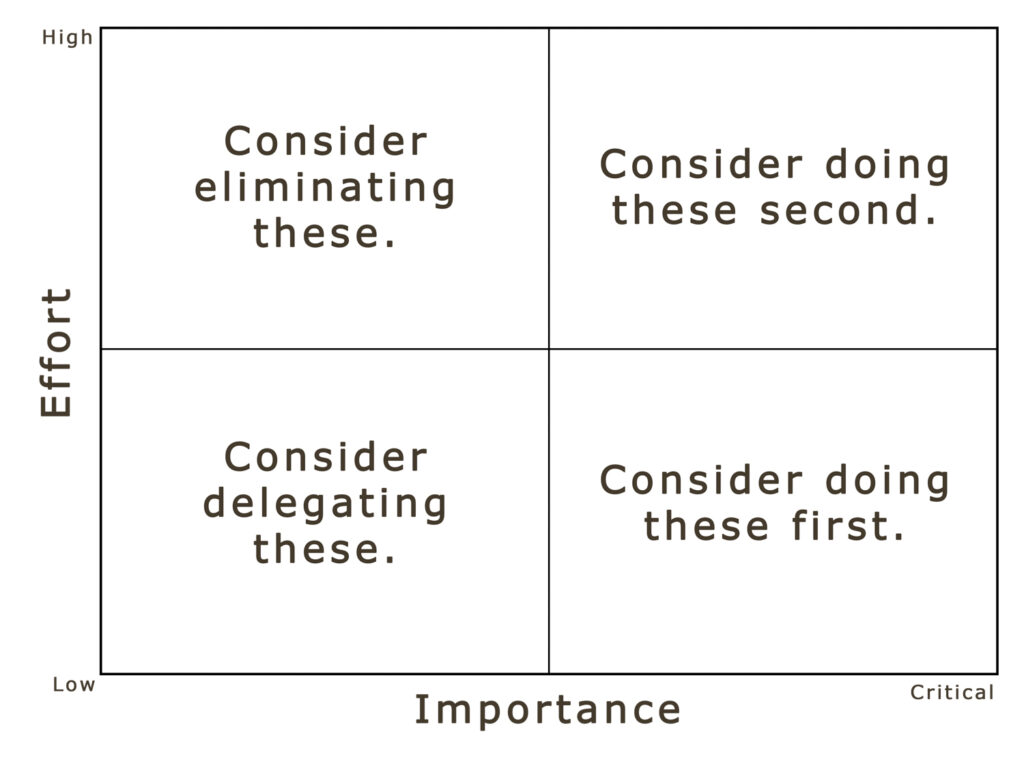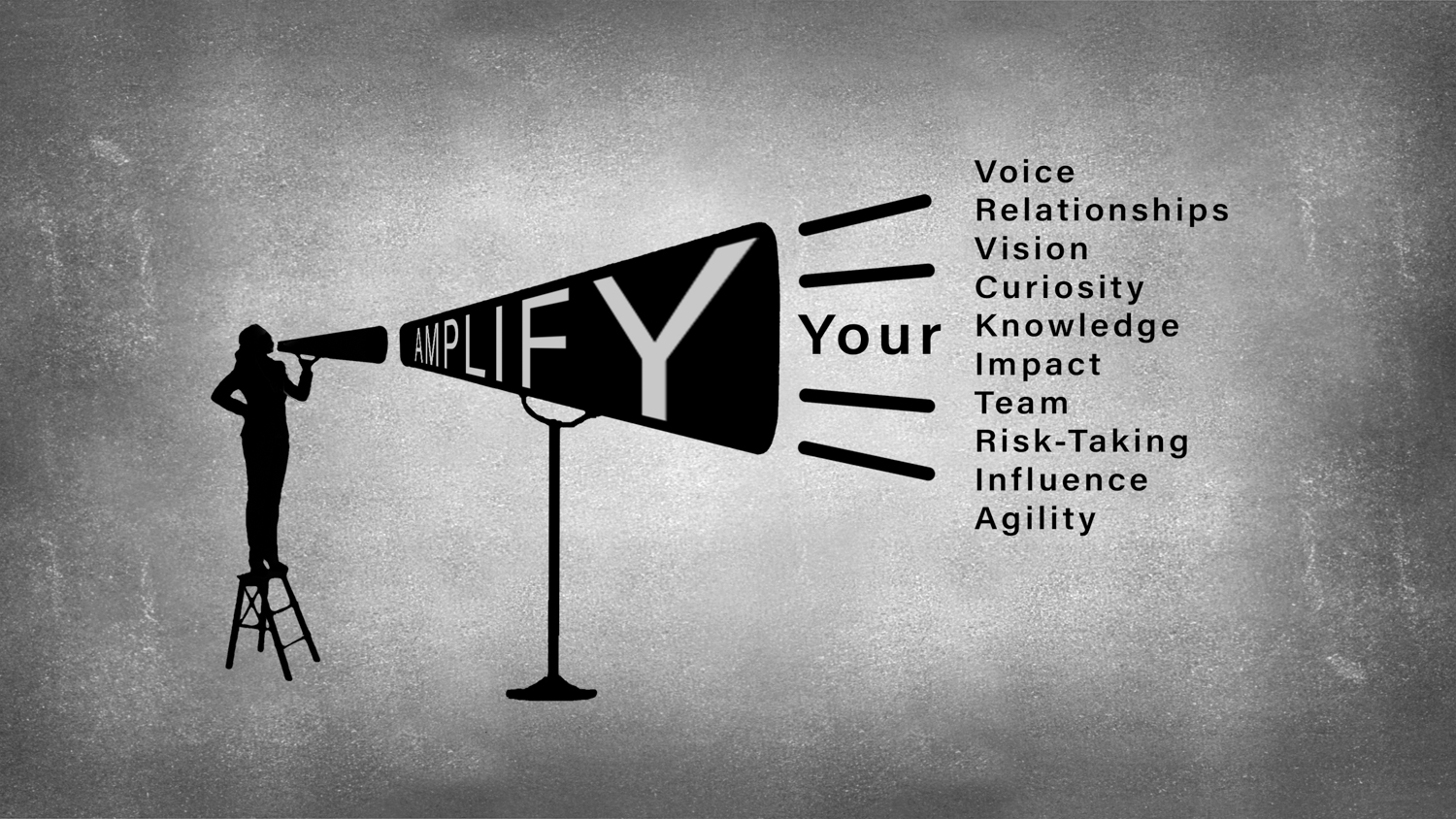Globalization, advances in technology and an increase in connectivity have extended our workday and encroached on our personal lives. In addition, many corporations are adopting remote workforce strategies, eliminating the physical demarcation between our home and work. We need to develop good time management skills if we want to get our work done, thrive in the workplace and enjoy quality time with our family and friends.

Long-term trends show that we are working less hours today than we did over a century ago. Back then, it was not uncommon for manufacturing workers to average over 100 hours per week.
Although laws were passed to reduce the workday to eight hours, many workers do not adhere to this standard. A 2014 national Gallup poll stated that Americans are working an average of 47 hours per week. Many people state they often exceed 50 hours weekly. In some demanding industries like the technology sector, professionals log 60 or more hours a week on a regular basis.
All of this has put an incredible demand on our time, and it is challenging our ability to balance job performance and personal obligations. Below are seven methods I use to manage my time and increase my personal effectiveness.
1. Prioritize
Most time management articles recommend prioritization as a way to regain control of your day. Few articles outline how to do so.
A few years ago, I was introduced to the work prioritization analogy of juggling glass and rubber balls. If you drop a rubber ball it bounces, and you can always pick it up and juggle it again. Glass balls, on the other hand, break, make a lot of noise and are disruptive. Once dropped it’s game over! Make sure you understand which actions are critical
To identify critical items, begin by making a list of all the things you are working on. Score each item on a scale of one to ten for effort (10 being high) and also for importance (ten being the most critical). Plot these items on a two-by-two chart similar to the one in the graphic below.

Step back, look at the workload and decide the order of the activities. Stack rank the list and work on the high value items methodically. Consider eliminating anything that requires a lot of effort and delivers low value.
TIP: Verify the list of priorities with your manger to make sure you are working on the right things and to determine if anything should be eliminated. See my post on how to Conduct Effective One-on-Ones.
2. Track Your Time
Conducting an analysis to identify where you are spending your time is a great way to figure out why you are so busy. Sort the list into logical categories that align to the list of priorities. Once you have identified where your time is invested, you can begin to evaluate whether or not you should eliminate any activities or if you are spending too much time in one particular area.
3. Eliminate Low-Value Meetings
After conducting the analysis on your time, identify meetings with low value, especially those where you are in listen-only mode. Review the minutes offline and use the time for something more productive.
4. Delegate
Delegating work is hard to do, especially when the task has high visibility. To improve time management, evaluate the list of priorities and identify if some of the work should be done by members of your team or done by other areas.
5. Lower Your Standards
If you have perfectionist tendencies, you may be spending too much time on unnecessary details. Lower your work standard to deliver what is expected versus a perfect product. Some people spend too much time in putting together their presentations or making sure that every email is just right.
TIP: Eliminate the low-value presentation items such as pictures, clip-art, animation and stylistic design. Focus on the high-value content and make sure you get the main points across.
6. Learn to Say “No”
Saying “no” is difficult for many people, especially when the request comes from a superior. If you do accept additional work, make sure you understand the level of importance. Set expectations for task completion. It is best to under commit and over deliver.
7. Build-in Buffer Time
One way to get some of the more mundane work done is to build in some buffer time on your calendar. This will allow you to catch up on email and other administrative work. Only relinquish your time for high-value work.
If All Else Fails…
If all else fails, discuss your workload with your manager and communicate that you would like them to verify your priorities. Show them what you have concluded and ask them if it’s right, versus asking them to prioritize for you. Ask them if any of the work could be delegated to other teams or team members.
Time management is a constant challenge for many people. Prioritizing your work, eliminating low-value meetings, delegating work and learning to say no will go a long way towards regaining control of your time.
I hope this article was helpful. Drop me a note in the comment section below or through the Contact Me page if you have any questions.
Thanks,

© 2019 T. Kahler Coaching, LLC, All Rights Reserved.


